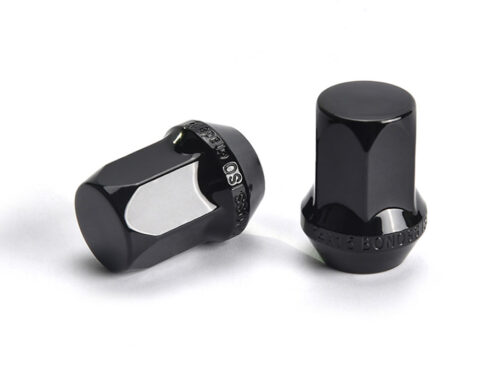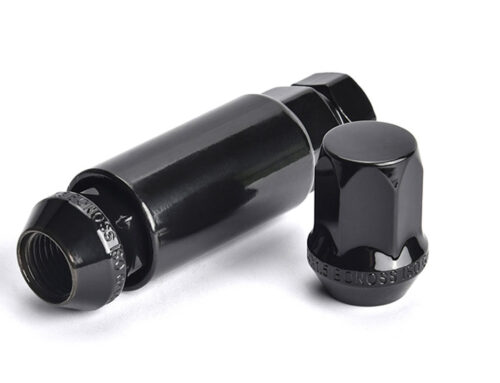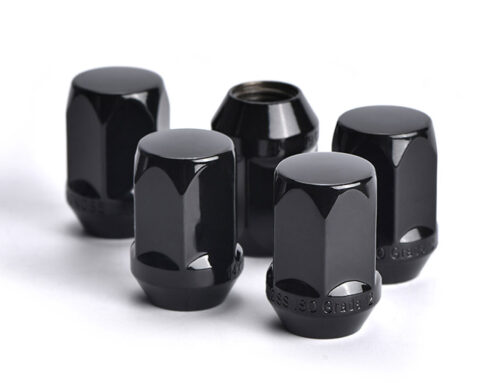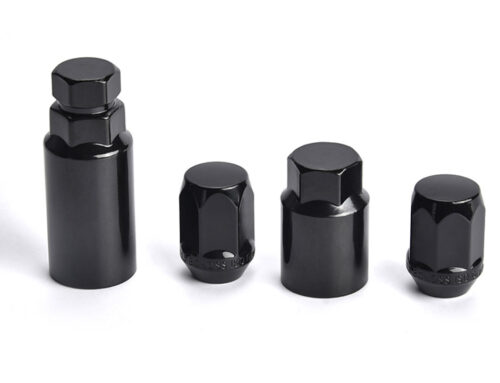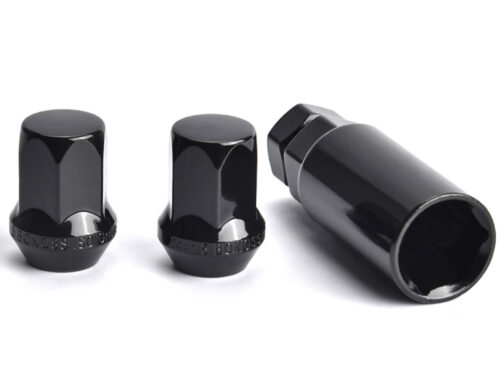Installing hub-centric wheel spacers is a good option to improve the performance and stability of your vehicle. They create the desired space between the vehicle hub and wheels. If you need to push out 1 inch, then 1-inch wheel spacers will do. Pushing out the wheels brings a wider track to your car. A wider track not only makes your off-roading ride more stable but also adds a muscular and powerful appearance. Hub-centric spacers are designed to help wheels stay centered on the vehicle. They usually come with a hub-centric ring that fits over the hub flange on the axle and over the center bore of the wheel, filling up any possible gap between the two surfaces. Since driving off-road means more impacts and shocks, you would need hub-centric wheel spacers. The hub-centric rings of wheel spacers perfectly fit the center hubs. This ensures the wheels can be properly mounted and accurately balanced.
Differences between Lug-centric and Hub-centric Wheel Spacers
There are two distinct types of off-road wheel spacers found on today’s market: hub-centric wheel spacers and lug-centric wheel spacers. Hub-centric wheel spacers are centered by the center metal ring of the wheel and the hub flange. In this way, the wheels are centered by the hub connection and the lugs can hold them flush against the brake rotors. This allows the wheel to support the vehicle’s weight and fill the gap for a more tightly fit, reducing vibration.
On the other hand, lug-centric spacers would mean they are centered only by the torque of lug bolts/nuts, rather than the hub flange. They commonly come with a bigger center bore diameter for fitting various vehicle models. However, without the support of the hub (because of the gap), the wheel cannot be centered on the axle, leading to annoying wheel vibrations while driving. Although it is possible to center the lug-centric wheels by proper installation technique, the wheel will be off-center without hub-centric spacers, especially, after passing a bumpy road.
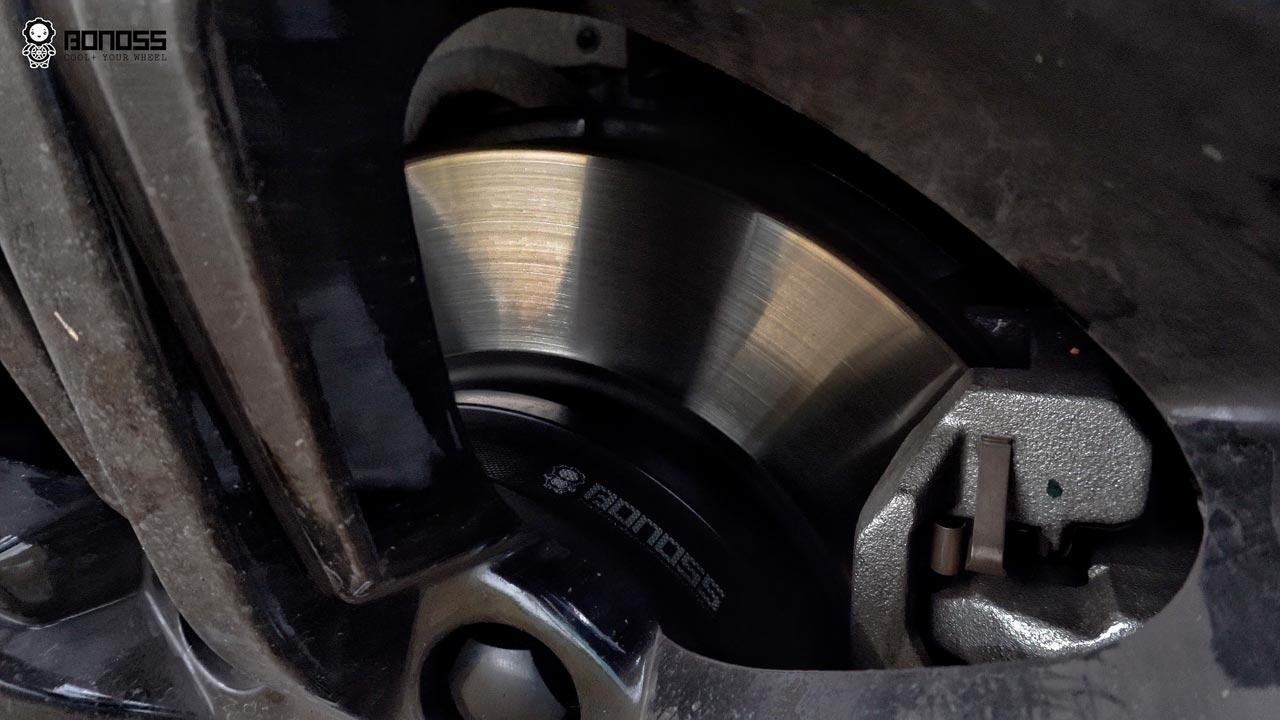
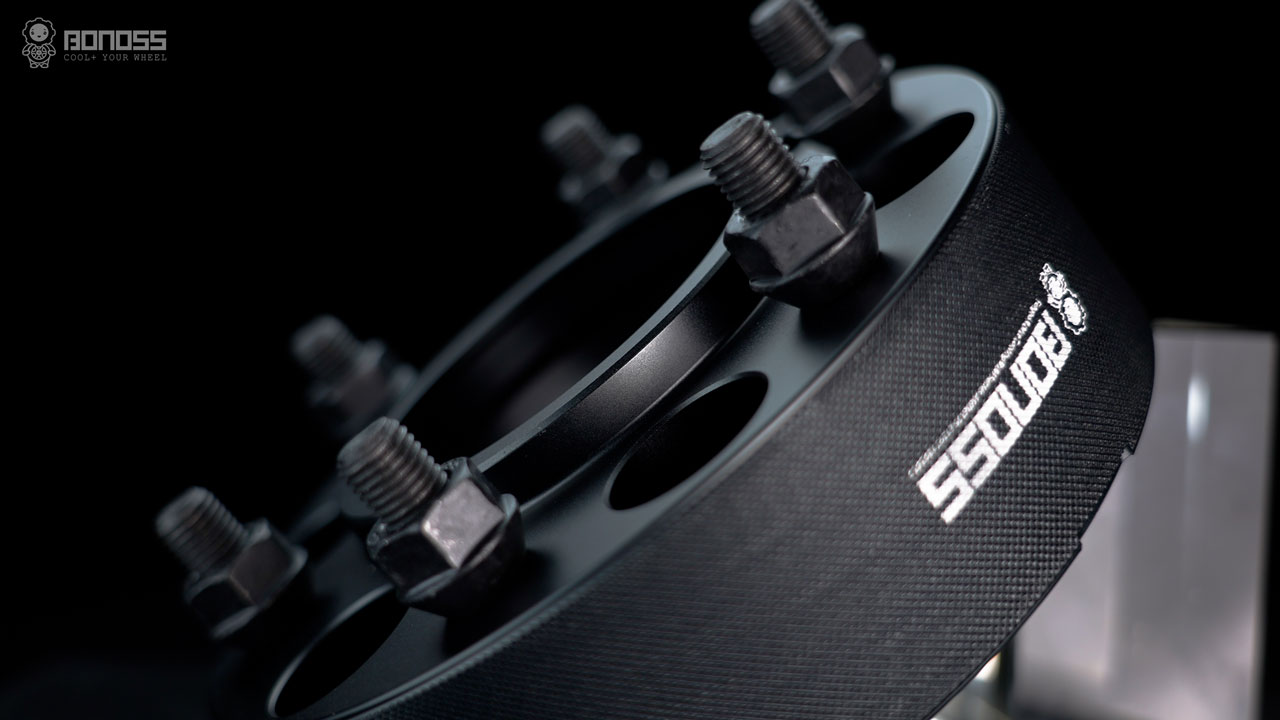
There is a hole (which is called center bore) in the center of the wheel that fits closely with the circular metal ring on the hub to center the wheel on the axle of the spindle and bear the vertical weight of the vehicle. Without hub-centric rings, the wheel studs will absorb vertical forces. If the studs absorb the vertical forces, they would withstand a single shear force, which is the weakest arrangement of any fastener. That is why most originally equipped wheels are hub-centric design – to avoid the bolts or studs bearing vertical forces. Therefore, If you get lug-centric wheels installed, make sure you have hub-centric wheel spacers or hub-centric rings to fill the space between the wheels and hub assembly.
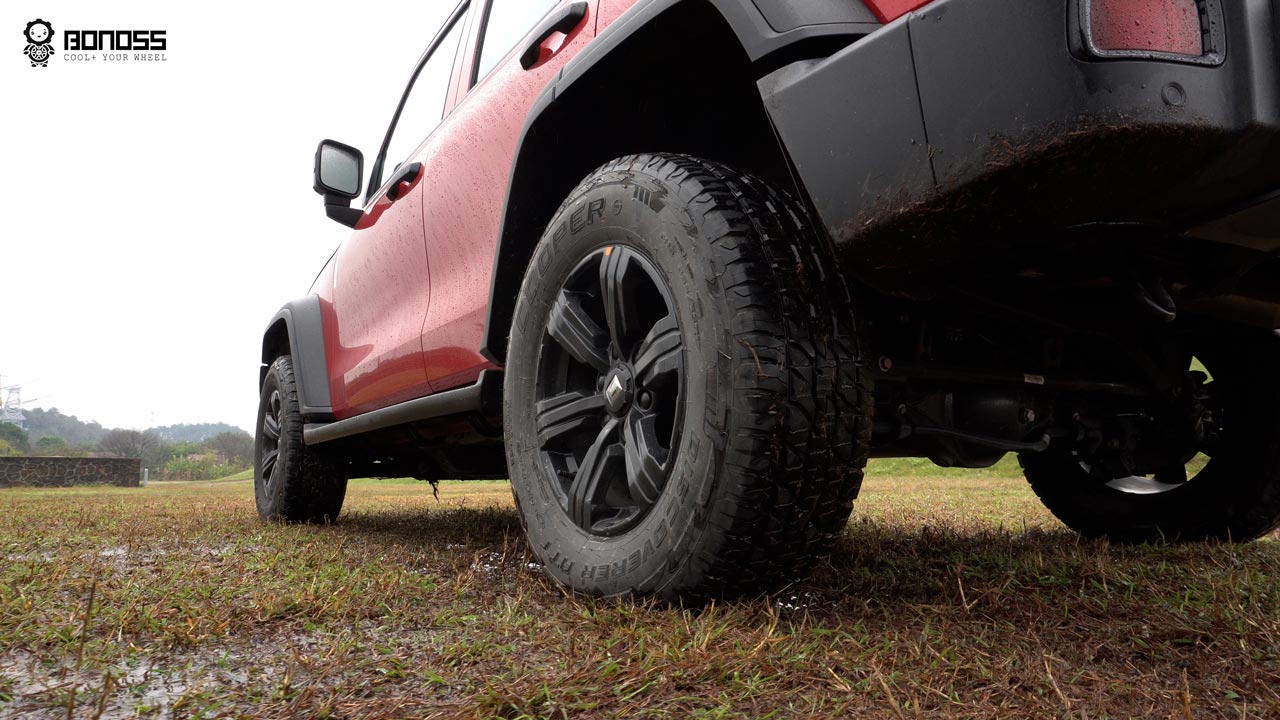
Multi-stage Hub-centric Wheel Spacers for Safety
Based on traditional hub-centric wheel spacers, BONOSS has optimized this design to further reduce the chance of high-speed vibration, it is called multi-stage hubcentric design. The hub-centric metal ring is machined to be multi-layers, the bevels fit for the corresponding hub flange, which eliminates any possible gaps, reducing the chance of vibration. The machine precision reaches 0.02mm which provides a high-quality surface. The higher the precision, the better the spacers will fit, thus, the safer your off-roading ride will be. Hub-centric wheel spacers have various applications, not only can they allow for a more flush stance, pushing the wheel outside of your fender, but also add your fitment options. Hub-centric wheel adapters, on the other hand, are designed to fit wheels with different bolt patterns or center bore diameters. If you need these, feel free to contact our tech team.

